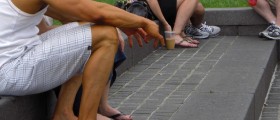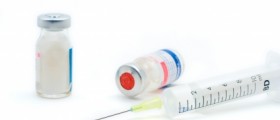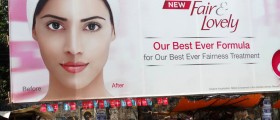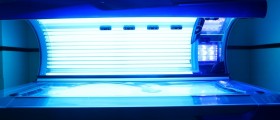
Some people like tanning; others' don't. Some of the former like sunbathing, while others like their tanning done in sunless ways. However there is a number of (practical!) reasons which work in favor of sunless tanning, and consequentially prove that it is de facto the best (health-wise) way of doing it.
What are the properties of sunless tanning?
Thefirst and foremost amongst the reasons would be the ease of maintaining such a tan. Namely, sunless tanning not only proves as a much more convenient method of doing it (by means of application sunless tanning products such as lotions, sprays, gels, creams, etc.), but it may also be done anywhere and anytime. Other than that, sunless tanning may be done alone.
Solike any other form of tanning, the sunless kind provides the form of tan which fades away with time. This is very likely much due to the fact that human skin tends to renew itself over a 30-45 day period.
Because the process of skin renewal is largely based upon the fact that human skin is always wearing off dead skin cells (also the reason behind minor scars healing all on their own), we must, obviously, first understand how the natural coloration process works to begin with. Namely, tan is produced when the skin produces a certain amount of melanin. This melanin, in turn, gives the tanned skin its rosy and brownish tone.
The production of melanin is, in its own turn, regulated by the amount of exposure to ultraviolet radiation (this may be either from the Sun or artificial sources like UV lamps and such). This is to say that the more melanin is produced, more tan becomes apparent.
When it comes to sunbathing and indoors tanning, melanin is produced in the basal layer. In plain English? The deepest part of the skin epidermis.
As for the sunless sort of tanning, the melanin is produced (as coloration occurs) at a fairly shallower stratum corneum. In plain English? This means in the outer part of the skin epidermis - as opposed to previously.
In order to understand just how sunless tanning works, we must first understand that sunless tanning products tend to prompt skin coloration via interaction of the basic ingredients with the skin's dead cells – and there are plenty of those in the skin's outer layer.
How may I maintain a sunless tan?
Withunderstanding the above, it is then much easier to remember a few tips which may be useful when it comes to maintaining a sunless tan. Firstly, reapplication of the sunless tanning product so soon as the effects of the previous treatment have started to fade is most definitely in order. Secondly, the skin ought to be hydrated from the inside out. And what this means is that it shouldn't ever be allowed to feel too dry. And this is do be done by drinking adequate amounts of water and juices. Lastly, avoiding exfoliating the skin should also significanlty prolong the duration of the sunless tan.
And how about using a bronzer instead?
Alternatively,the use of bronze may be applied whilst maintaining a sunless tan, as well. Applying a bronzer, much unlike applying its alternatives, is a highly temporary solution. What is meant by this, is that where other sunless tanning products tend to last about a week or so, bronze only lasts until it is washed off.
Bronzers are typically moisturizers. Upon moisturization, a certain type of powder is then applied in order to give the skin's surface a final touch.

















Your thoughts on this
Loading...